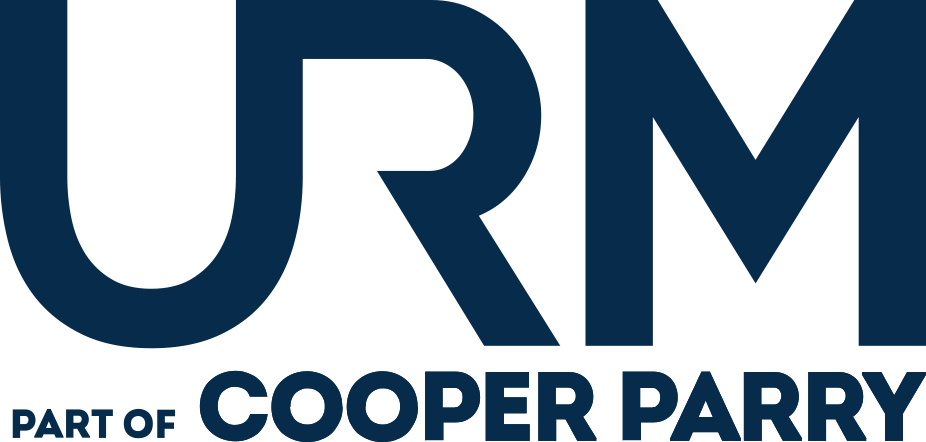A key role of risk management is helping organisations decide how limited resources can be most effectively used to address the most pressing business issues, e.g., threats to information security. Where current resources are insufficient, risk management can help management decide on what extra budget or resources (including seeking help from third-party specialists) are required. As such, it is critical that you ensure your risk management process is robust and produces consistent and repeatable results, which can be defended and which ultimately focuses on practical actions. We’ll look at how you can ensure your risk management process meets these different requirements
Consistent and repeatable results
Each risk within your risk register should make sense when viewed individually or in comparison with other risks e.g., a red information security risk should be comparable to a red financial risk. In other words, you need to have defined scales for each aspect of your assessment framework (e.g., impact and likelihood). A risk matrix and defined risk appetite will encourage consistency. In larger organisations, a risk function can help ensure consistency within a range of risk workshops or help risk owners reassess risks where required.
Defendable process
Your risk management process will come under scrutiny by senior management, internal audit and external auditors, and you will have to be able to defend the analysis you’ve conducted. This means that whilst a wide range of input may have been gathered to assess each risk, an adequate amount of this detail needs to be recorded and documented so that the debates (and logic!) of each risk assessment workshop can be recalled.
Focus on actions and improvements
We often come across risk assessments that take a very analytical approach to risk analysis. Now, whilst this approach works when you have reliable data available for these calculations, it typically falls down with new or emerging risks. Let us take the example of trying to assess the risk of a new system failing to adequately protect personal data. This will not be an easy exercise if relying on data alone. However, if you engage relevant and knowledgeable stakeholders within the risk assessment process, you will have an effective and practical mechanism for identifying potential weaknesses. Once these risks are identified, the risk management process should focus on managing actions through to completion rather than artificially manipulating risks into slightly lower risk scores.
URM can help you achieve ISO 27001 certification
Unsure whether your ICT risk framework meets DORA standards? Our experts will carry out a detailed gap analysis and provide clear, prioritised steps to help you achieve full compliance.
Our consultants will evaluate your organisation against DORA’s core requirements. Gain practical insights to strengthen your digital resilience and meet regulatory expectations.

URM’s blog provides detailed guidance on aligning an existing control framework with ISO 27001, allowing you to certify and capitalise on previous work.

URM assisted over 350 organisations achieve ISO 27001 certification, here are the critical steps when implementing an effective information security system.

When managing the security of your organisation’s information assets, you will need to consider the scope of what you are doing.


